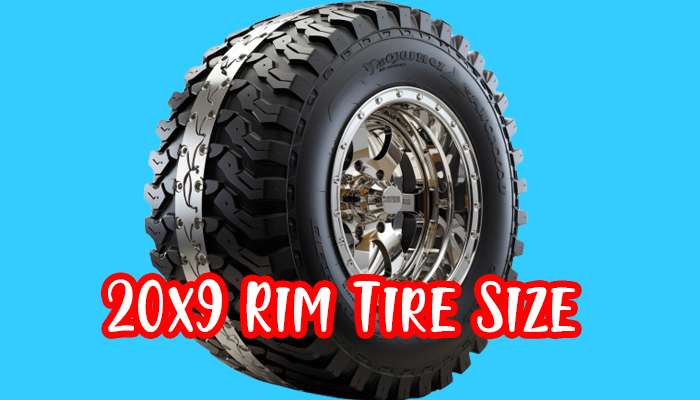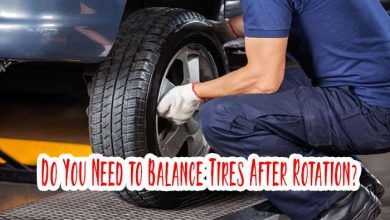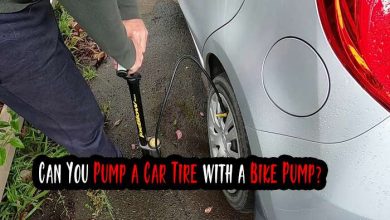What To Do If Your Tire Fall Off While Driving? Expert Advice
Hey there, fellow road warrior! It’s me, your friendly neighborhood tire expert. Today, we’re going to tackle a situation that can send shivers down anyone’s spine – what to do if your tire decides to take an unscheduled vacation while you’re cruising down the highway.
Trust me, it can happen to the best of us, and it’s essential to be prepared. So, fasten your seatbelts (literally) as we dive into the world of fallen tires and how to handle them like a pro.
What to do if your tire fall off while driving?
Before we get into the details, let me assure you that I’ve got your back. I’ve spent years unraveling the mysteries of tires and rims, so you can consider me your tire guru. So, what should you do if your tire decides to leap of faith?
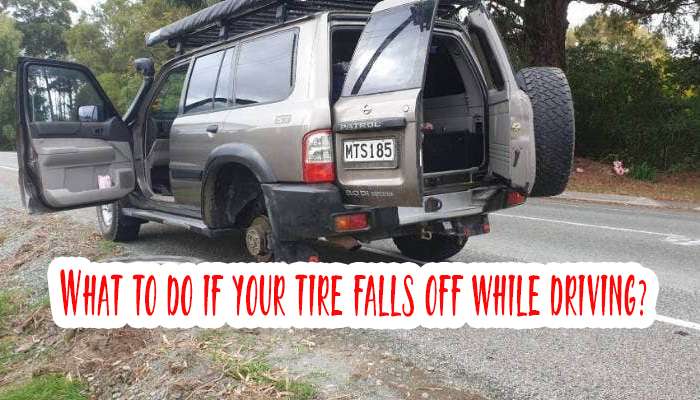
1. Stay Calm, Keep Control
First and foremost, don’t panic. A fallen tire can be unnerving, but your vehicle can still be managed. Keep a firm grip on the steering wheel and control your car. If your tire has fallen off, it’s probably one of the front wheels, so you’ll still have some control over the vehicle’s direction.
2. Avoid Sudden Movements
Resist the temptation to slam on the brakes or make abrupt turns. Gradually reduce your speed and pull over to the side of the road when it’s safe. If you’re on the highway, try to reach the nearest exit.
3. Hazard Lights On
Once you’ve pulled over, activate your hazard lights to alert other drivers that you’re experiencing difficulties. This is especially crucial if you’re on a busy road.
4. Assess the Damage
Now that you’re safely parked take a close look at your vehicle. Try to determine the extent of the damage. Is it just the tire, or has it caused additional damage to the vehicle? If you’re uncertain, it’s always a good idea to call for roadside assistance.
5. Secure the Scene
If it’s only the tire that’s fallen off, secure your vehicle. Use your emergency brake to prevent it from rolling. Ensure you’re parked far enough off the road to ensure your safety.
6. Call for Help
It’s time to reach out for professional assistance. Call a towing service or a mechanic who can come to your location and assess the situation. Be sure to mention that your tire has fallen off.
Read Also: Can I Use T Rated Tires Instead of H?
7. Be Patient
While you wait for help to arrive, use the time to take some deep breaths and gather your thoughts. Accidents happen, and your safety is the top priority.
Post-Incident Vehicle Inspection
Once your vehicle is in the hands of the professionals and you’re back on the road, it’s crucial to conduct a thorough inspection to ensure your safety and prevent future mishaps.
1. Wheel Fasteners
Ask your mechanic to check the condition of the wheel fasteners and make sure they are properly torqued. Loose or damaged fasteners could be the root cause of your tire falling off.
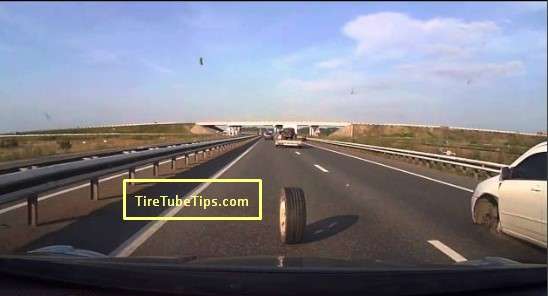
2. Brake System
Have your brake system inspected. A tire falling off can put excessive stress on the brakes, so it’s vital to ensure they are in good working order.
3. Suspension and Alignment
Check the suspension and alignment of your vehicle. A tire falling off may have caused damage to these components, and addressing any issues promptly is crucial for your safety.
4. Regular Maintenance
Going forward, commit to regular vehicle maintenance. Keeping your vehicle in top shape is your best defense against unexpected tire mishaps.
Read More: Can You Pump a Car Tire with a Bike Pump?
Conclusion
In the driving world, a fallen tire can be a curveball that life throws at you. But with the right knowledge and composure, you can handle it like a pro. Remember to stay calm, call for assistance, and prioritize your safety. Once your vehicle is back on its feet, conduct a thorough inspection to prevent future incidents.
Reference Link
For more information on tire safety and maintenance, you can visit the Tire Safety and Maintenance Guide.
Glossary
- Wheel Fasteners: Nuts and bolts that secure the wheel to the hub.
- Brake System: The components that enable your vehicle to slow down or stop, including the brake pads, rotors, and callipers.
- Suspension: The system connects the vehicle to its wheels and allows for a smooth and comfortable ride.
- Alignment: The adjustment of a vehicle’s wheels to ensure they are parallel to each other and perpendicular to the ground.
